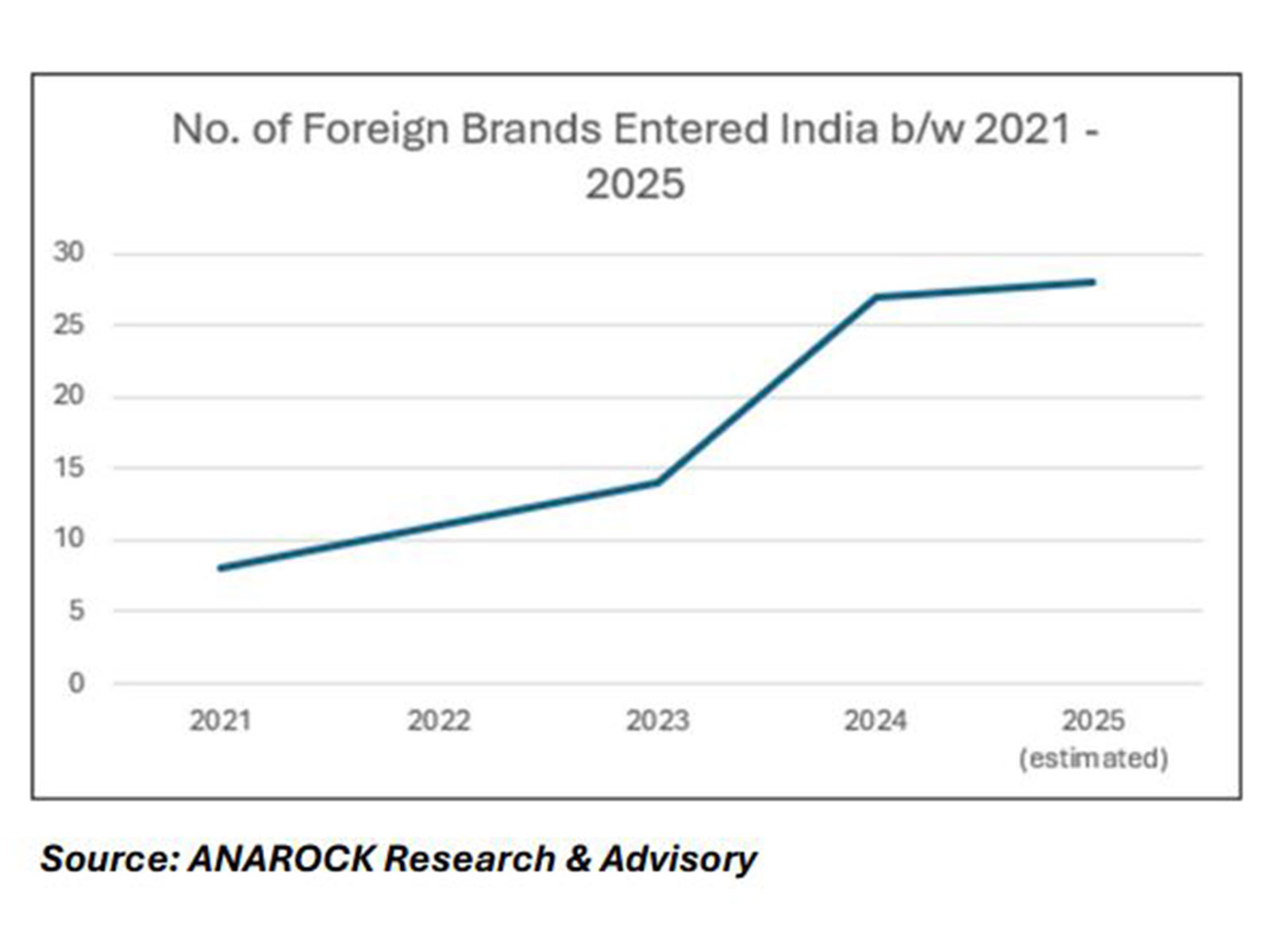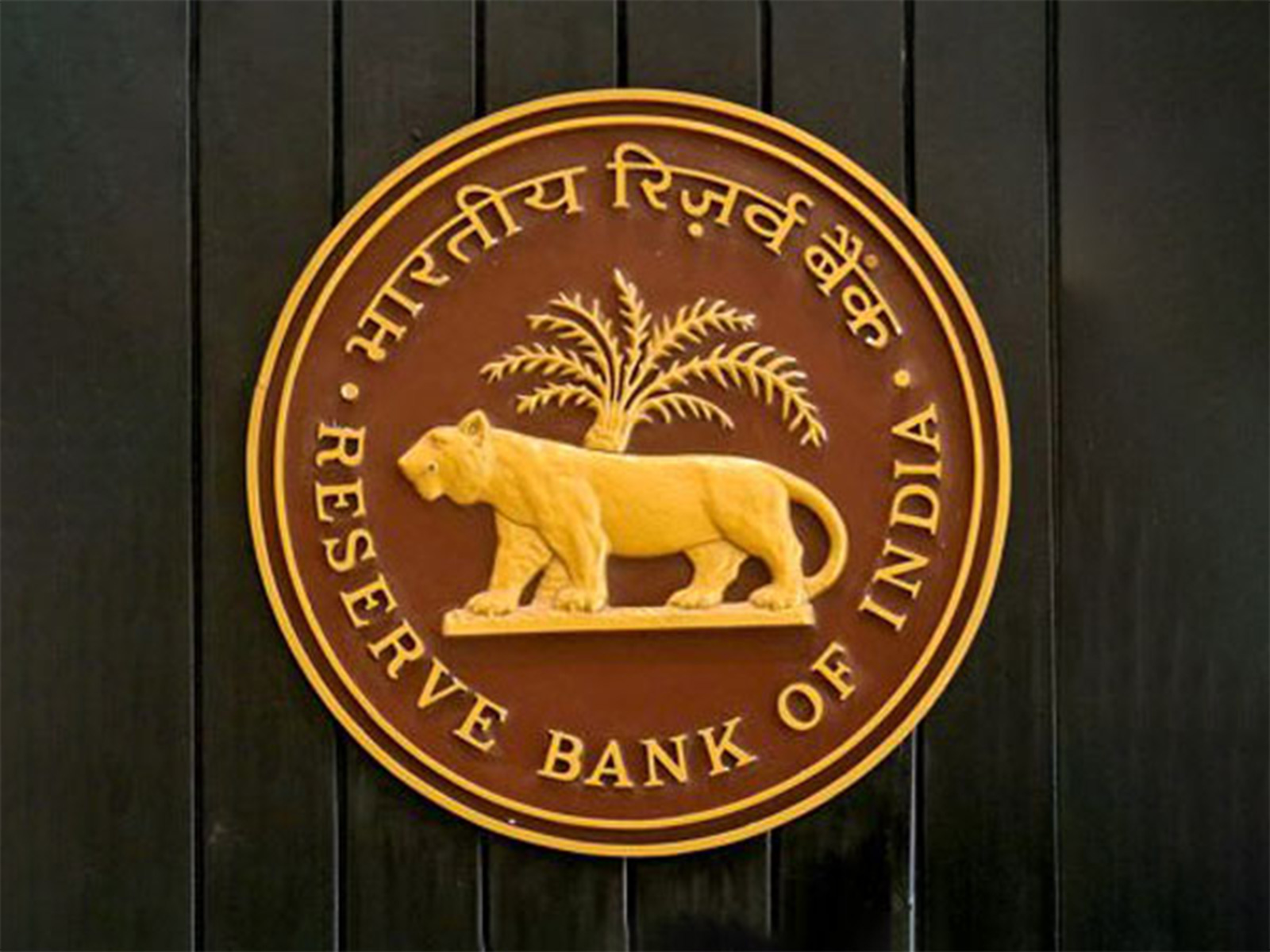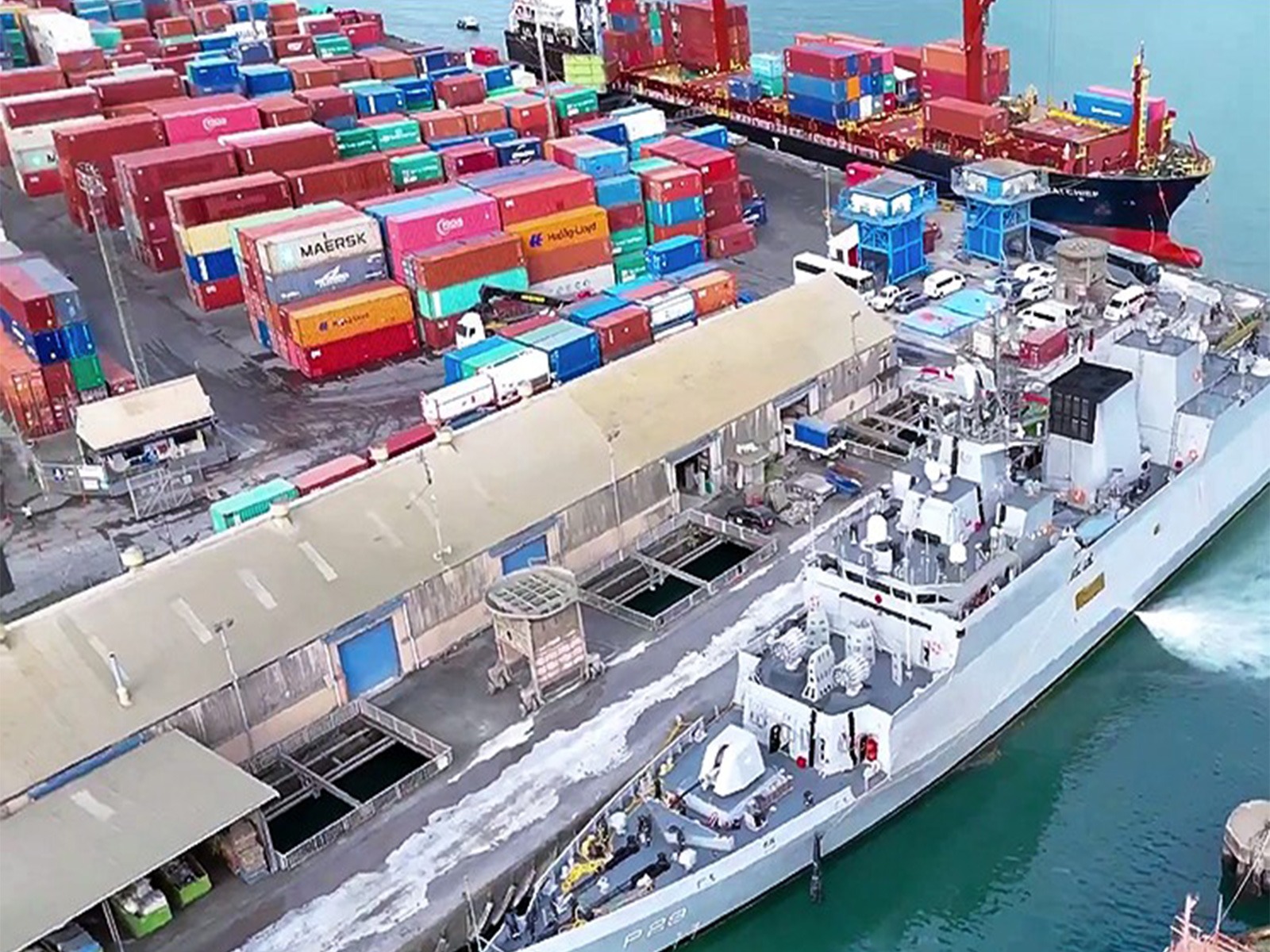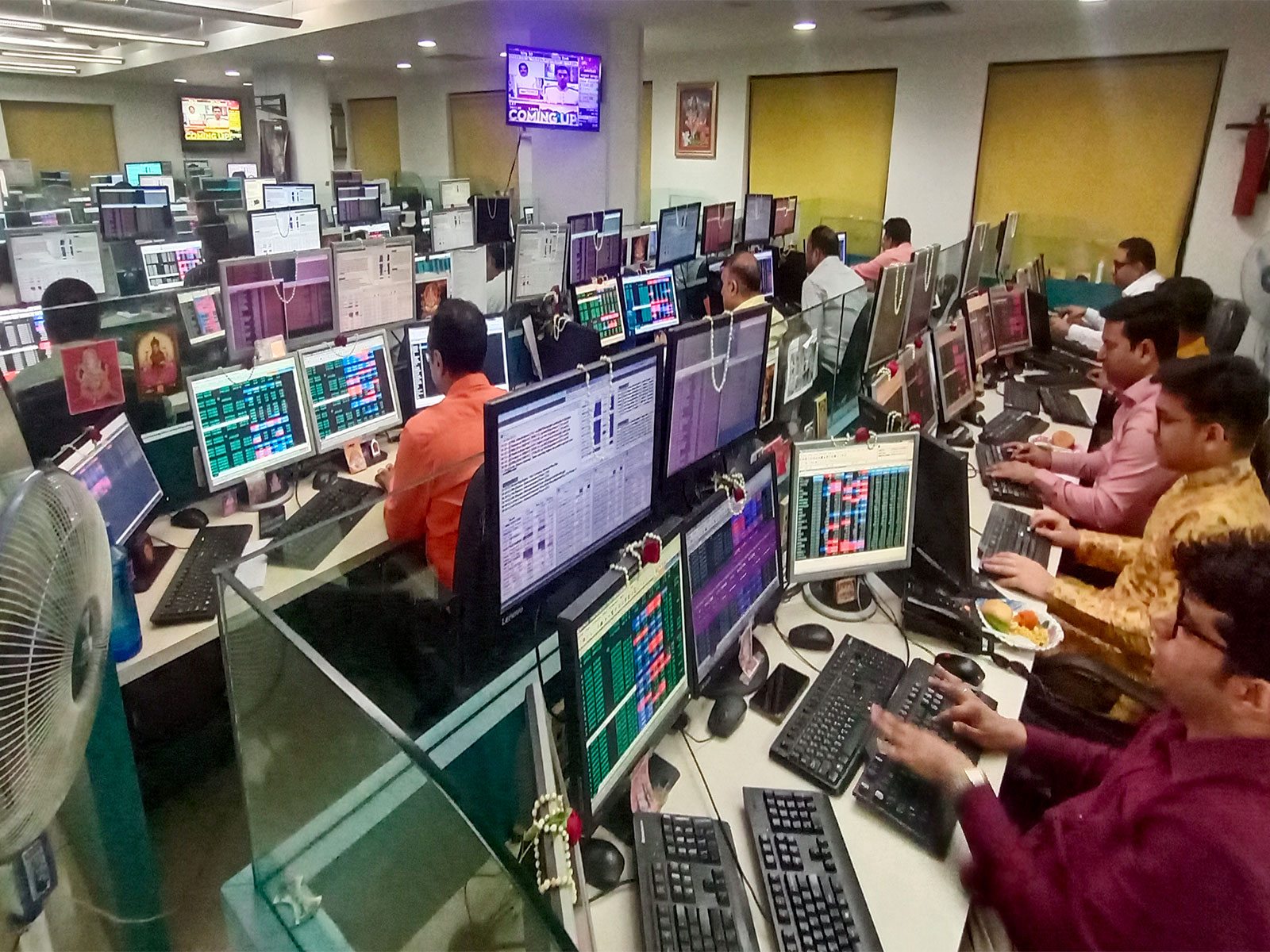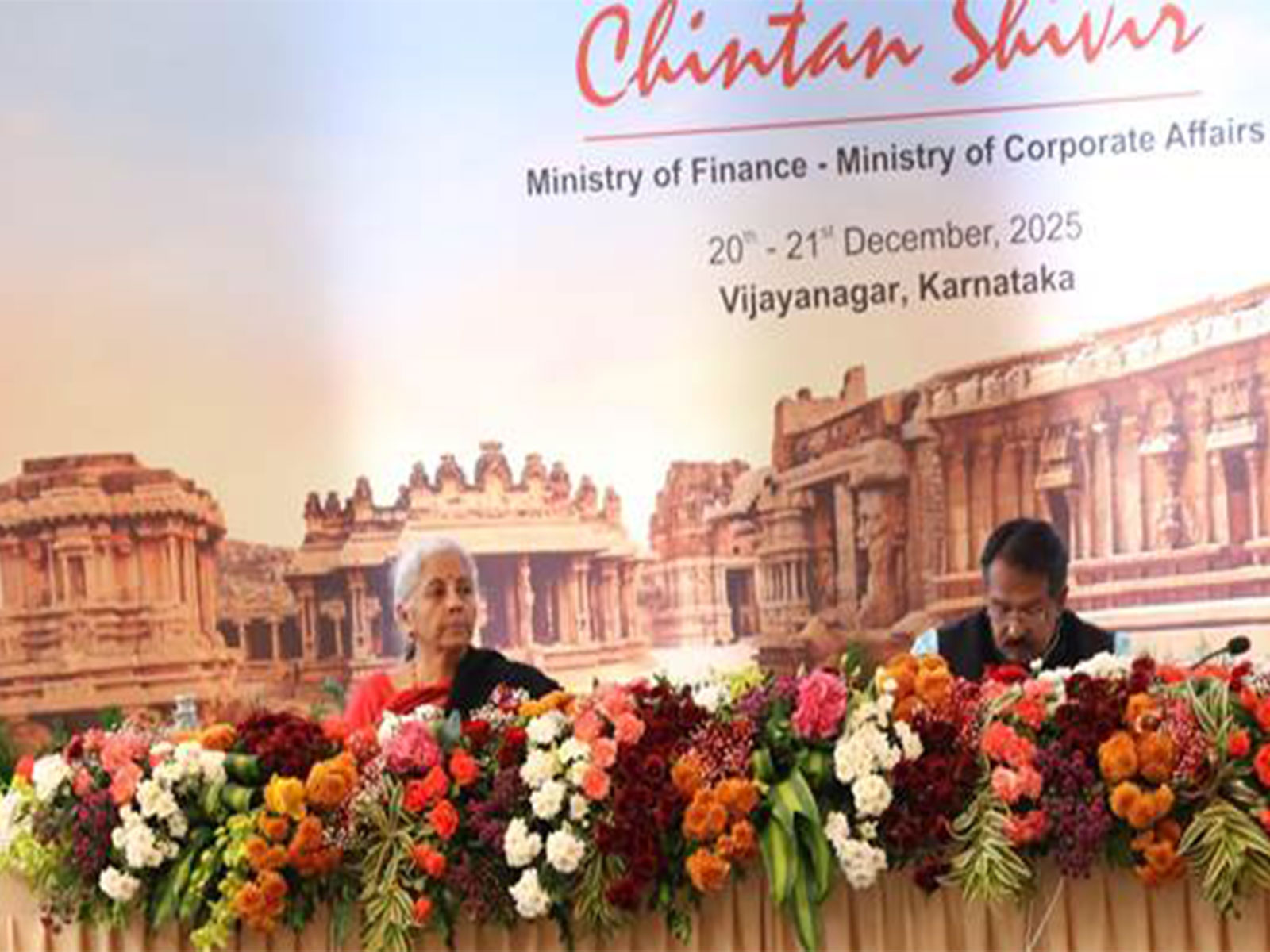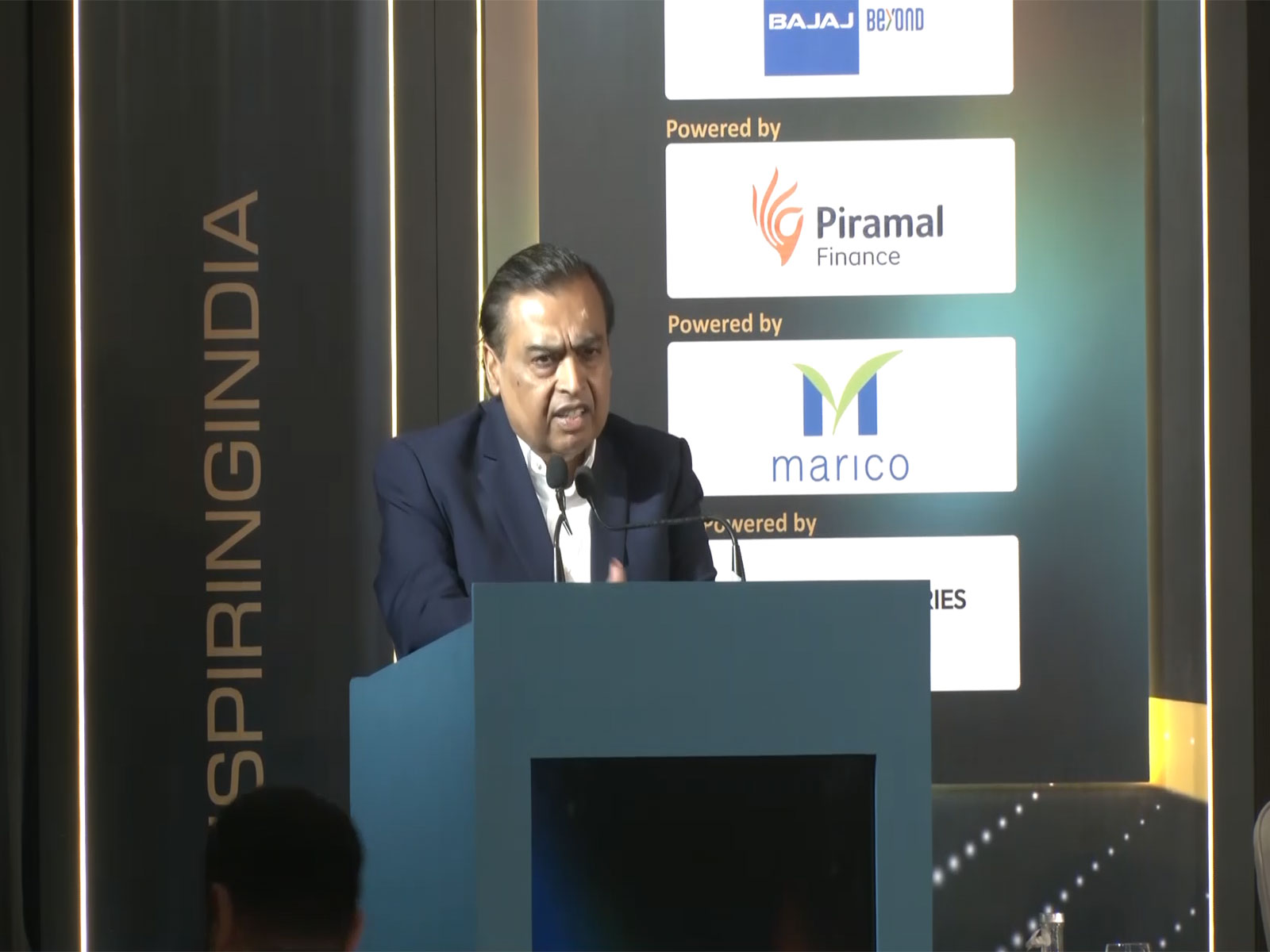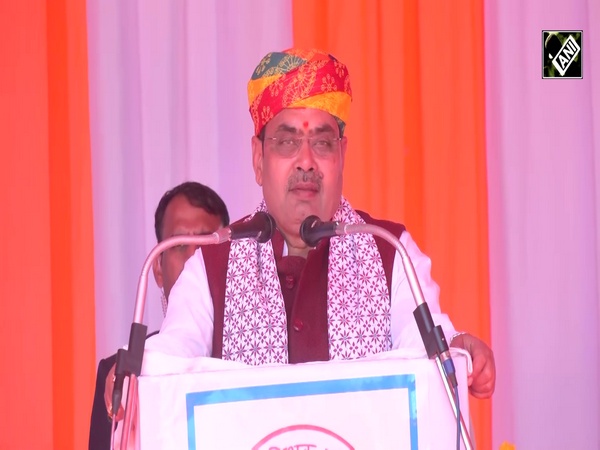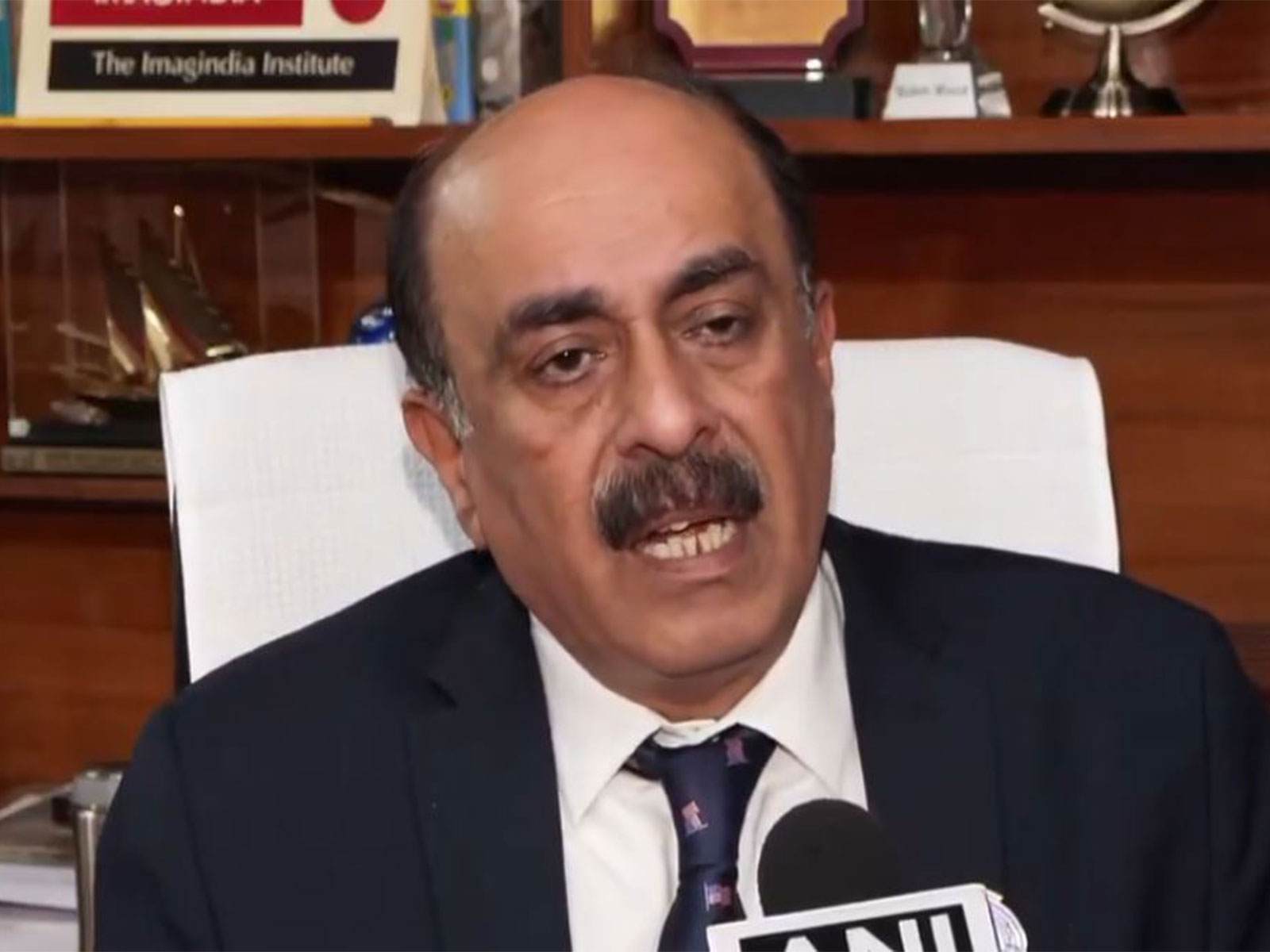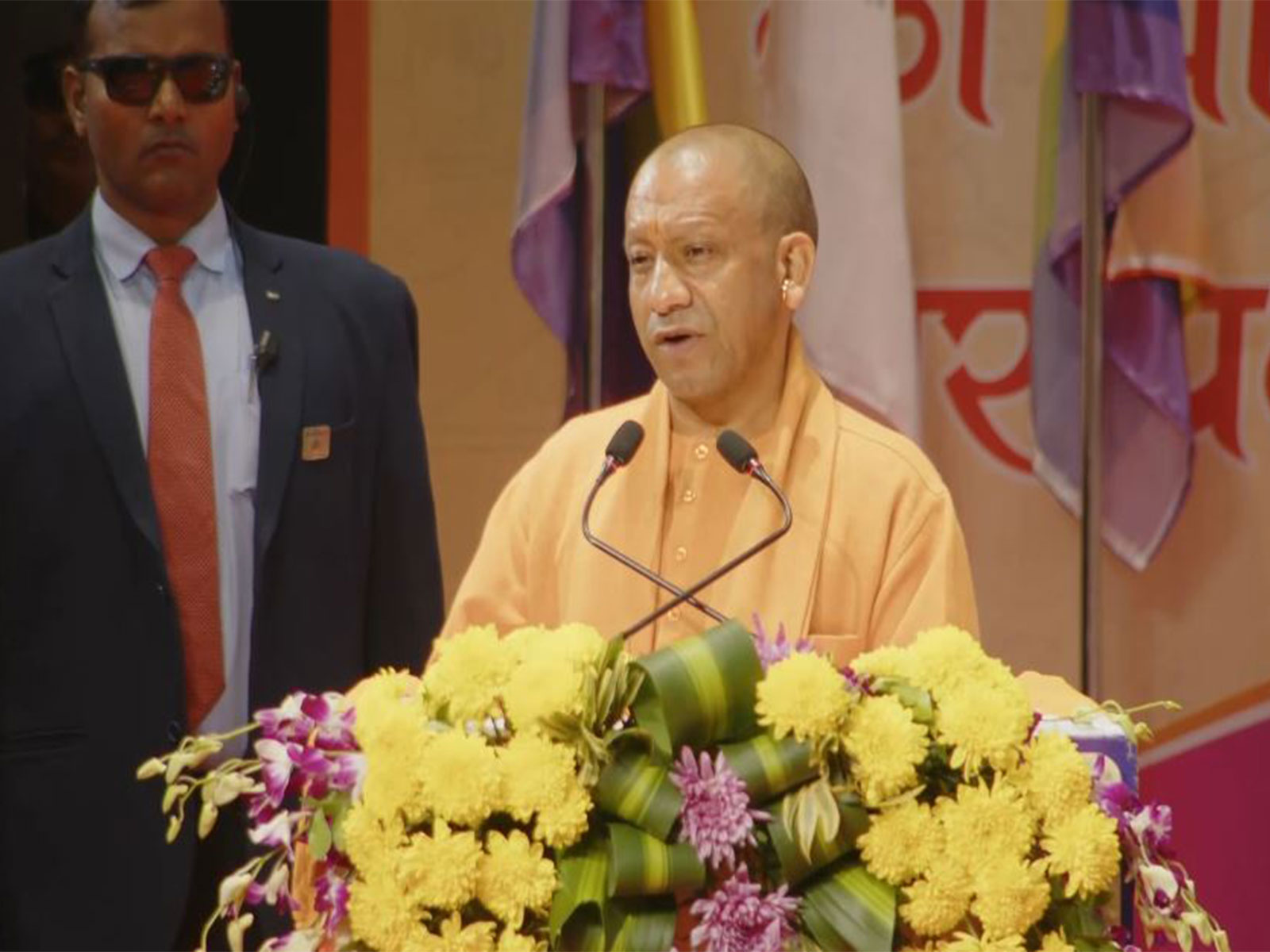
Rising energy demand will hinder India's decarbonization plan, despite progress in renewables: Moody's
Oct 17, 2024
New Delhi [India], October 17 : India has made strides in building its renewable energy capacity and moving towards its decarbonization goals with a commitment to achieve net zero emissions by 2070, and interim targets set for 2030, according to Moody's rating report.
While some progress has been achieved in reducing greenhouse gas (GHG) emissions, India's rapidly growing economy and expanding population are driving up energy demand, creating significant challenges for its carbon transition efforts.
John Wang, Vice President - Senior Analyst, Moody's Ratings, said, "India has committed to achieve net zero by 2070,1 and some progress has been made toward its 2030 interim decarbonization milestones. But the country's fast-expanding economy will continue to drive up greenhouse gas (GHG) emissions."
India's share of global GHG emissions rose from 6.7 per cent in 2019 to 7.5 per cent in 2022, as the country continued to grow at one of the fastest rates worldwide.
With projections indicating a 7.2 per cent economic growth in 2024 and 6.6 per cent in 2025, energy needs are expected to soar. The increasing household incomes will further drive up the consumption of energy-intensive products, such as automobiles.
Total power consumption is forecasted to reach 2,524 Terawatt hours (TWh) by the fiscal year 2030-31, compared to 1,734 TWh in 2023-24, and just 832 TWh in 2010-11.
India remains the world's third-largest emitter of GHGs, yet its per capita emissions remain lower than other major economies, indicating potential for further reductions.
Wang said, "India is very likely to meet its 2030 target of having more than 50 per cent cumulative electric power installed capacity from nonfossil fuel resources, which will require USD 190 billion-USD 215 billion of investment over the next seven years. A sizable pipeline of announced projects will keep rated renewable power companies' financial leverage high over the next 2-3 years, a credit negative."
However, rising energy demand complicates efforts to transition to low-carbon sources, making it challenging for India to meet its decarbonization targets.
The country is on track to meet its 2030 target of having more than 50 per cent of cumulative electric power installed capacity from non-fossil fuel resources. However, achieving this will require an estimated USD 190 billion-USD 215 billion in investments over the next seven years.
Despite the growth in renewables, coal remains a dominant energy source, accounting for 74.7 per cent of power generation in the fiscal year 2023-24.
India's reliance on coal is expected to continue in the near term due to its reliability and growing power demand, with an additional 40-50 GW of coal-based capacity likely to be added in the next six to seven years.
India's industrial landscape remains heavily dominated by carbon-intensive sectors such as oil and gas, steel, and automotive manufacturing.
Many companies are focusing on expanding production to meet rising domestic demand, which could limit overall emission reductions despite decarbonization efforts. High adoption costs, technological challenges, and a lack of stringent regulatory policies further impede the pace of the transition.
The financial requirements for India's decarbonization journey are substantial. For the power sector alone, an estimated investment of 3.4 per cent of GDP annually will be needed from 2024-25 to 2030-31 to align with global net-zero goals.
The private sector is expected to bear a significant portion of these costs, as government spending remains constrained by fiscal consolidation efforts.
The shift to a low-carbon economy could exacerbate social risks if not managed carefully. The agriculture sector, which employs 43 per cent of the workforce, is highly exposed to climate-related shocks and the transition could lead to a mismatch in skills, job losses, and increased income inequality.
The government's 2024-25 budget includes Rs 2 trillion (USD 24 billion) for new employment schemes aimed at preparing the workforce for the transition, but significant challenges remain.
